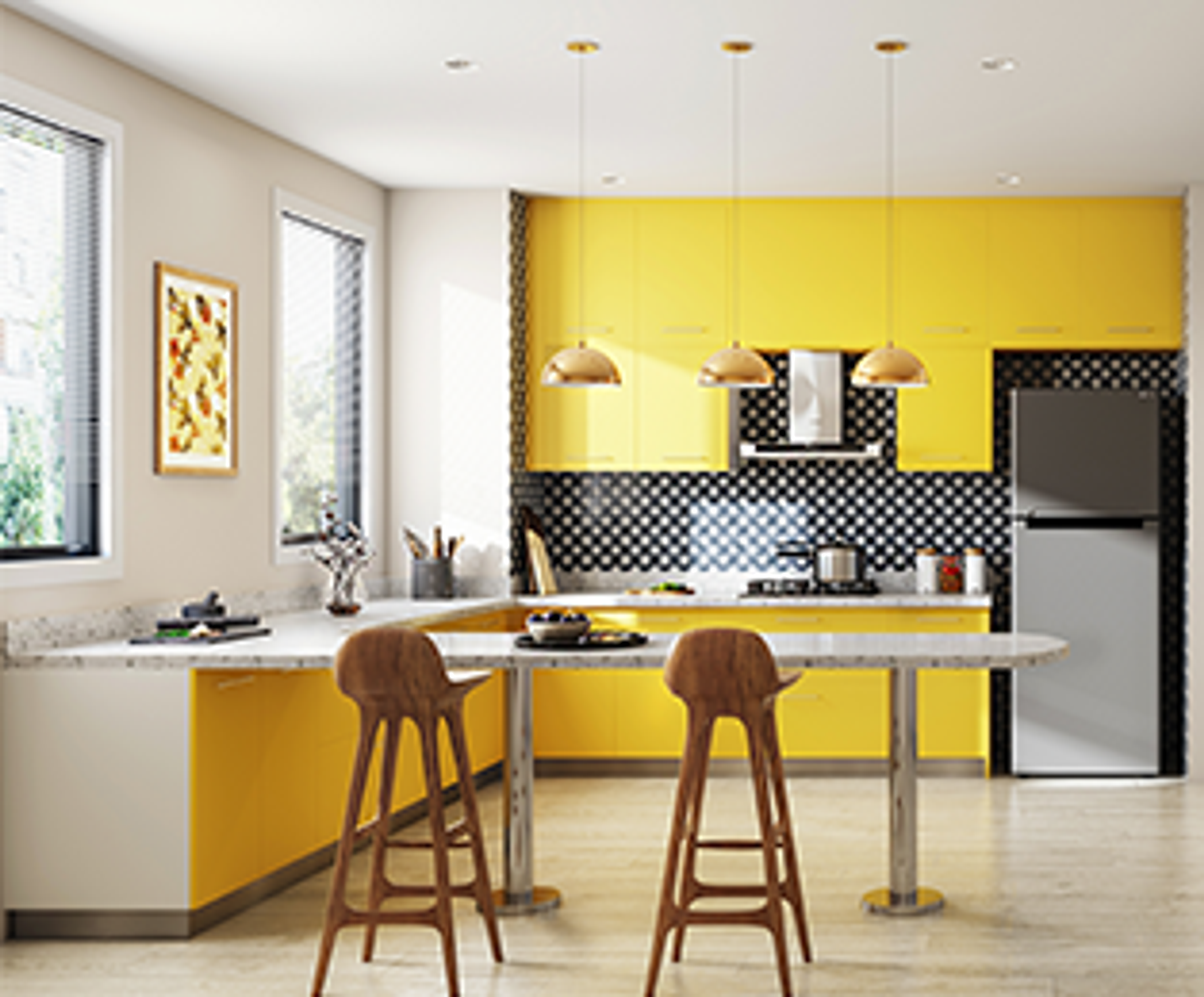Upgrade your space with miami luxury interior design that blends elegance and innovation.
Upgrade your space with miami luxury interior design that blends elegance and innovation.
Blog Article
Transform Your Home With Crucial Concepts of Interior Decoration and Aesthetic Appeals
By recognizing the influence of shade concept and the importance of texture and patterns, one can create rooms that are not just aesthetically attractive but additionally deeply individual. Attaining this stability involves even more than mere design; it encompasses a critical setup and a keen understanding of exactly how each aspect engages within a space.
Comprehending Color Concept
Color concept is a fundamental facet of interior decoration that substantially influences mood, perception, and general aesthetic. Understanding the concepts of shade concept enables designers to create rooms that resonate psychologically with residents while satisfying functional needs (luxury interior design). Colors can be categorized right into three primary kinds: primary, additional, and tertiary. Each category plays a critical duty in developing harmony within a space.
The mental influence of shades is extensive; warm shades such as reds and oranges stimulate power and warmth, while trendy tones like blues and environment-friendlies advertise peace and serenity. The use of complementary shades improves aesthetic interest, creating striking contrasts that can boost a space's charm.
Neutral colors, on the various other hand, function as a functional backdrop, enabling other layout aspects to shine. It is important to consider variables such as lights and the space's purpose when picking a shade scheme, as these can change the assumption of colors throughout the day.
Inevitably, a well-considered color pattern can transform a space, fostering a feeling of comfort and design that aligns with the citizens' preferences. Mastery of shade concept is, for that reason, an essential ability for any kind of indoor developer aiming to develop harmonious and inviting settings.
Achieving Balance in Style
How can developers achieve a feeling of balance in their rooms? Accomplishing balance in layout is essential to producing unified interiors.
Asymmetrical balance, on the other hand, counts on varying components that still accomplish a natural look. This approach allows for more vibrant and informal plans, supplying passion while keeping equilibrium. By very carefully selecting varying sizes, shades, and structures, developers can produce a visually engaging room that really feels balanced yet energetic.
Radial balance highlights a main prime focus with aspects emitting external. This style is commonly seen in circular layouts, where furniture and decoration create a cohesive surround that draws the eye internal.
Inevitably, attaining balance requires thoughtful consideration of scale, proportion, and the relationships between elements. luxury interior design. By masterfully applying these balance concepts, developers can change spaces into environments that feel both cosmetically pleasing and functionally harmonious, boosting the general experience for residents
Significance of Spatial Awareness

An eager feeling of spatial understanding permits designers to identify prime focus within a space, guiding the visitor's focus to vital functions while keeping an overall sense of unity. It likewise aids in the critical positioning of lights, which can substantially influence the perception of space and mood. Comprehending spatial relationships allows the designer to cater look at here to the certain requirements of residents, making certain that each area serves its intended purpose without endangering visual appeals.
Inevitably, spatial understanding is essential for optimizing the possibility of any type of interior area. By thoroughly taking into consideration the interplay in between measurements, format, and function, designers can develop atmospheres that not only fulfill practical needs yet additionally stimulate a feeling of convenience and charm, improving the general living experience.
Integrating Texture and Patterns
Embracing a diverse variety of structures and patterns can dramatically enhance the visual and tactile allure of an indoor room. The calculated use of numerous materials-- such as wood, metal, material, and stone-- develops deepness and passion, making a space really feel a lot more inviting and vibrant. Combining smooth surface areas with harsh appearances can establish an equilibrium that attracts the eye and engages the senses.
When including patterns, take into consideration both scale and rep. Large patterns can function as centerpieces, while smaller, refined designs can match various other elements without overwhelming the room. Layering patterns, such as pairing flower pillows with candy striped throws, includes intricacy and a feeling of consistency if performed thoughtfully.
It is also important to preserve a natural color palette, making certain that appearances and patterns collaborate instead than complete for focus. By choosing a few crucial textures and patterns, you can produce an unified aesthetic that reflects your personal style while boosting the overall setting of the space. Inevitably, the cautious unification of these aspects can transform an ordinary room into an advanced environment rich with character and heat.
Individualizing Your Space
Developing an area that mirrors your individuality is important to achieving an absolutely inviting environment. Personalization in interior decoration allows you to infuse your distinct style and interests into your home, changing it from a simple shelter into a refuge that talks with who you are. Begin by selecting a color scheme that resonates with your emotions-- bold tones can energize, while soft tones offer harmony.
Incorporate artwork and style that reflect your interests, whether it be more information travel, nature, or abstract concepts. Showing personal collections, such as publications, pictures, or souvenirs, can evoke treasured memories and produce centerpieces within an area. In addition, think about personalizing functional pieces, like upholstered furnishings, to line up with your aesthetic preferences.

Final Thought
Finally, the makeover of a home luxury interior design with the necessary concepts of interior style and visual appeal necessitates a detailed understanding of color concept, balance, spatial recognition, structure, and personalization. Each aspect contributes significantly to creating an unified and functional living setting - luxury interior design. By thoughtfully integrating these principles, individuals can boost the aesthetic allure and emotional resonance of their rooms, inevitably fostering a home that reflects special identifications while providing convenience and practicality
Report this page